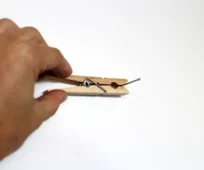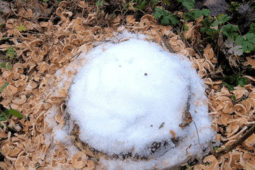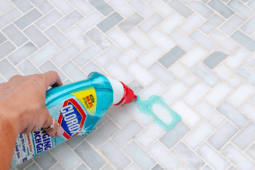Try This Simple Trick Before You Toss That Dead Houseplant
We’ve all been there when one of your beloved houseplants starts wilting, turning yellow, or dropping leaves, and you assume it’s beyond saving. But before you throw it out, there’s one simple trick that might just bring it back to life. With a little patience and the right care, you can often revive a plant that looks like it’s on its last leg.
Assess the Situation: Is Your Plant Really Dead?
Before attempting any revival method, take a close look at your plant. Even if the leaves are dry and brown, the roots may still be alive. Gently scratch the stem with your fingernail, if you see green underneath, there’s still hope! Check the roots by carefully removing the plant from its pot. If they are firm and white (or light brown), the plant is still viable. Mushy, black roots, however, indicate rot and the plant may be too far gone.
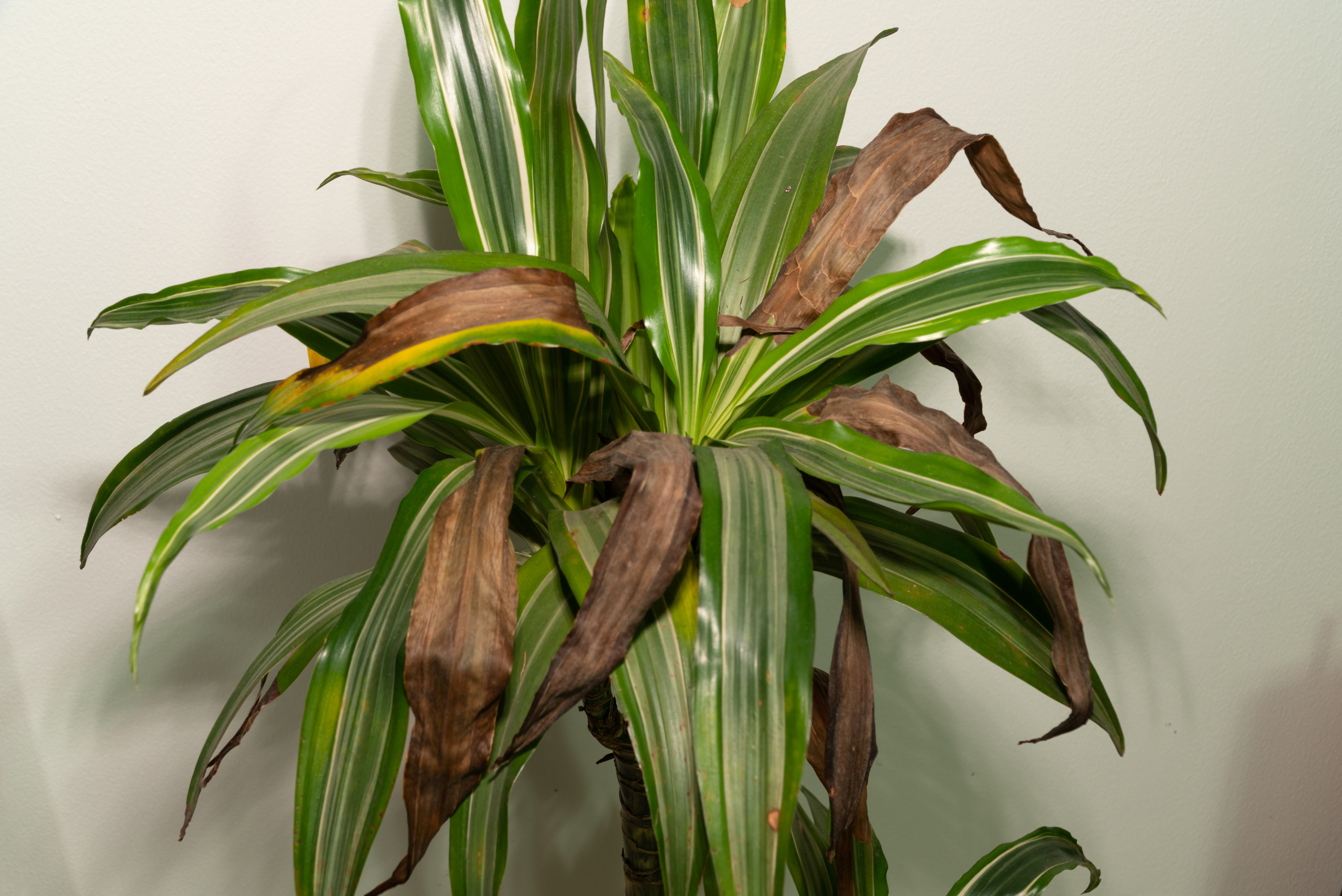
The Water Trick: Soak to Rehydrate
Dehydration is one of the most common reasons plants appear dead. If your plant’s soil is bone dry, it may not be absorbing water properly. Try this trick:
- Fill a container or sink with lukewarm water.
- Place the entire pot in the water and let it soak for about 30 minutes.
- Remove the pot and let the excess water drain completely. This method allows the roots to rehydrate gradually and can help plants recover from severe dryness.
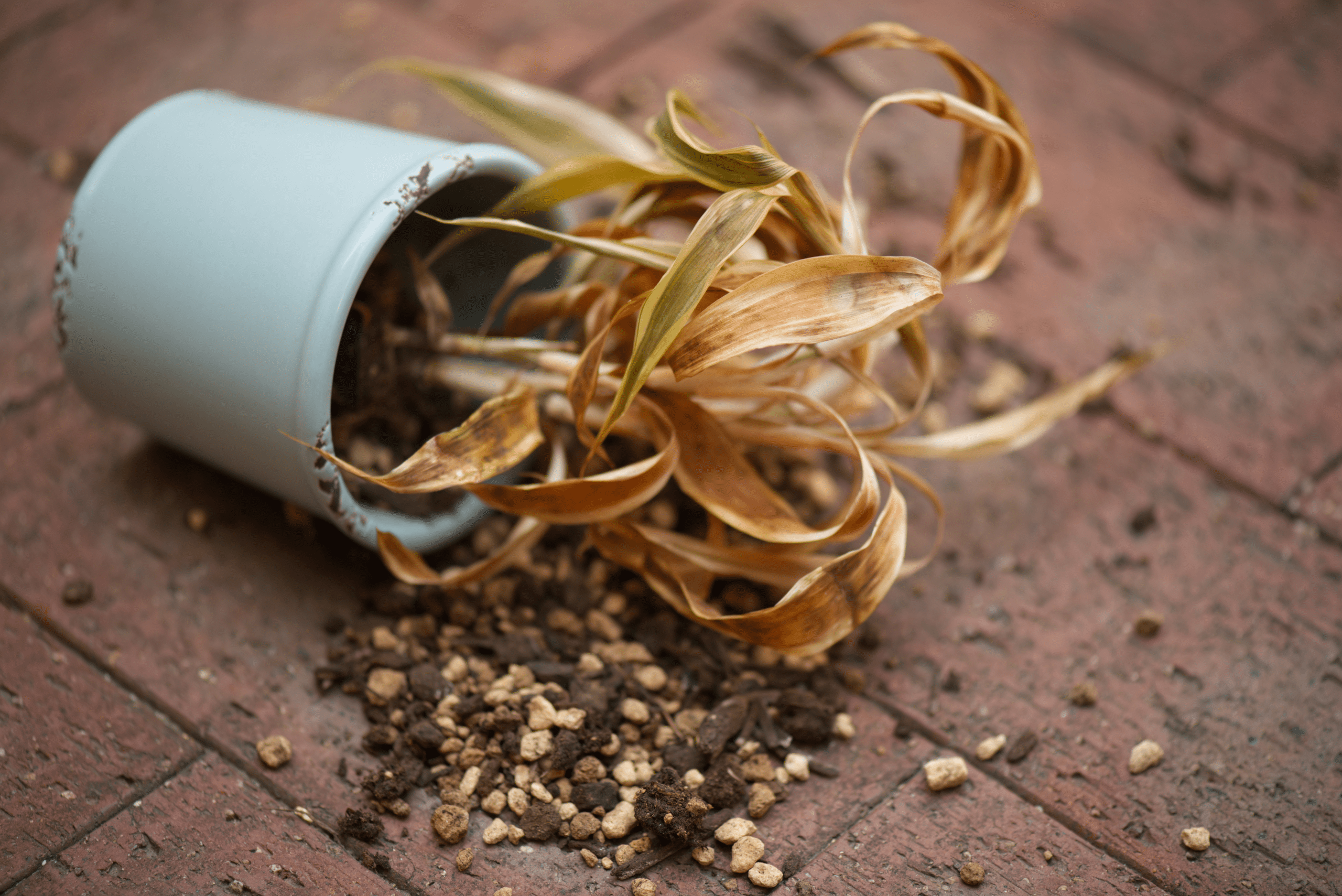
Prune Away the Dead Parts
Once your plant is hydrated, it’s time to give it a little trim. Use clean scissors or pruning shears to remove dead leaves, dry stems, and any rotting roots. This encourages new growth and prevents the plant from wasting energy on parts that won’t recover.
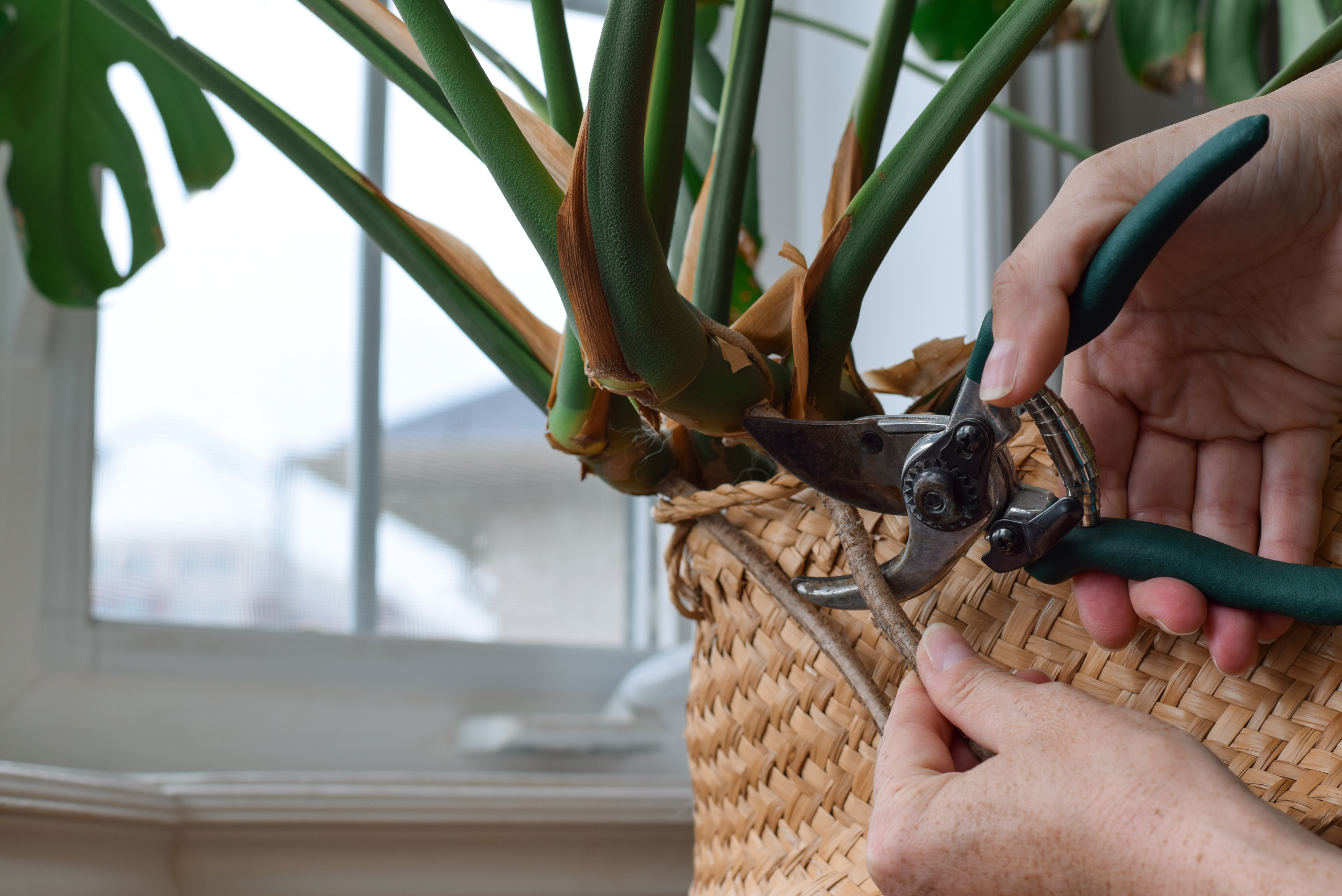
Repot with Fresh Soil
If your plant’s roots are still healthy, but the soil seems exhausted, consider repotting it. Choose a fresh, well-draining soil mix and a pot with drainage holes. Repotting gives your plant fresh nutrients and prevents root rot from compacted or old soil.
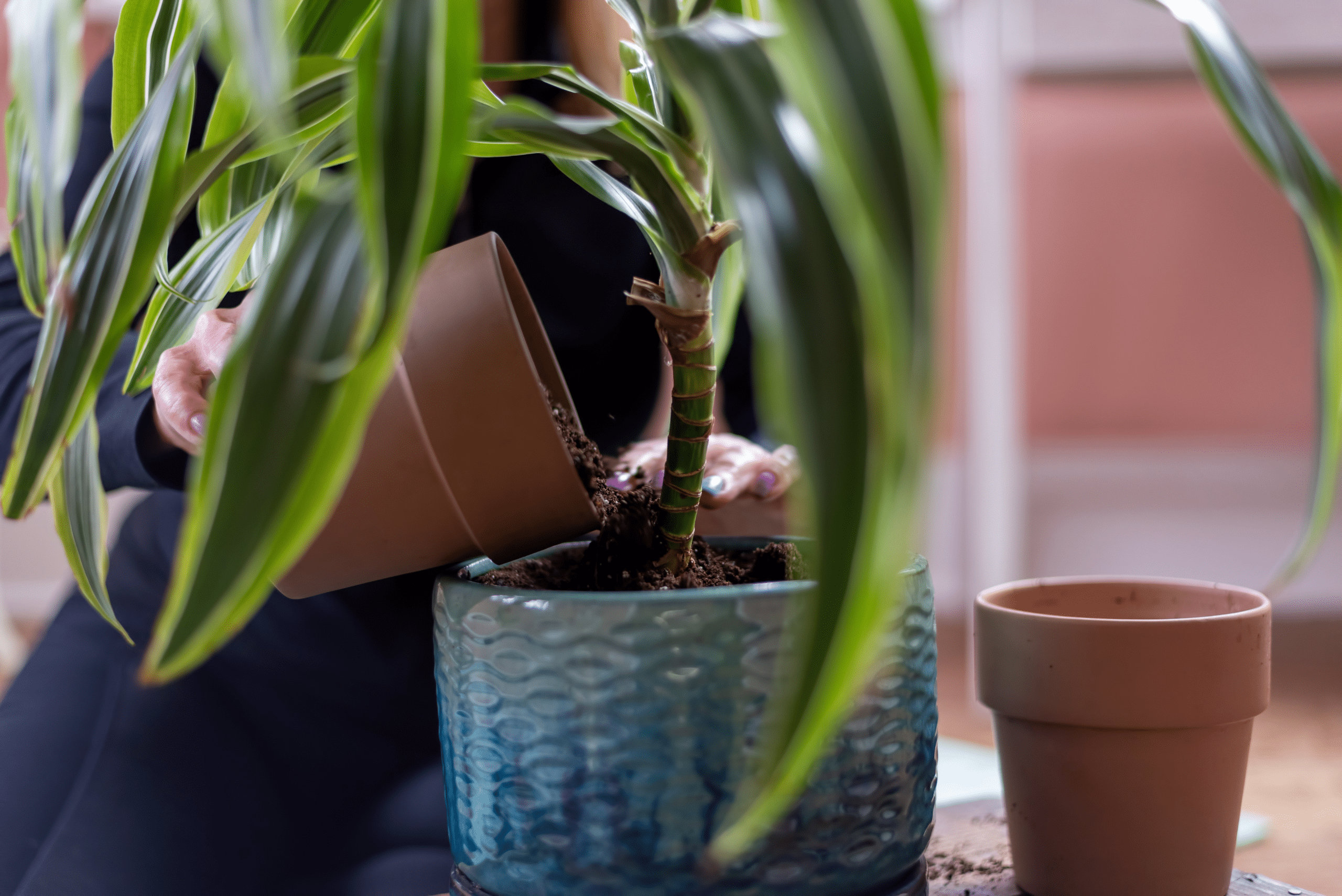
Provide the Right Environment
Now that your plant is hydrated and pruned, it’s essential to place it in an ideal environment for recovery. Follow these steps:
- Keep it in indirect sunlight to avoid shock.
- Avoid overwatering; instead, let the soil dry slightly between waterings.
- Increase humidity by misting the leaves or placing a humidity tray nearby.
- Hold off on fertilizer until you see new growth to avoid stressing the plant.
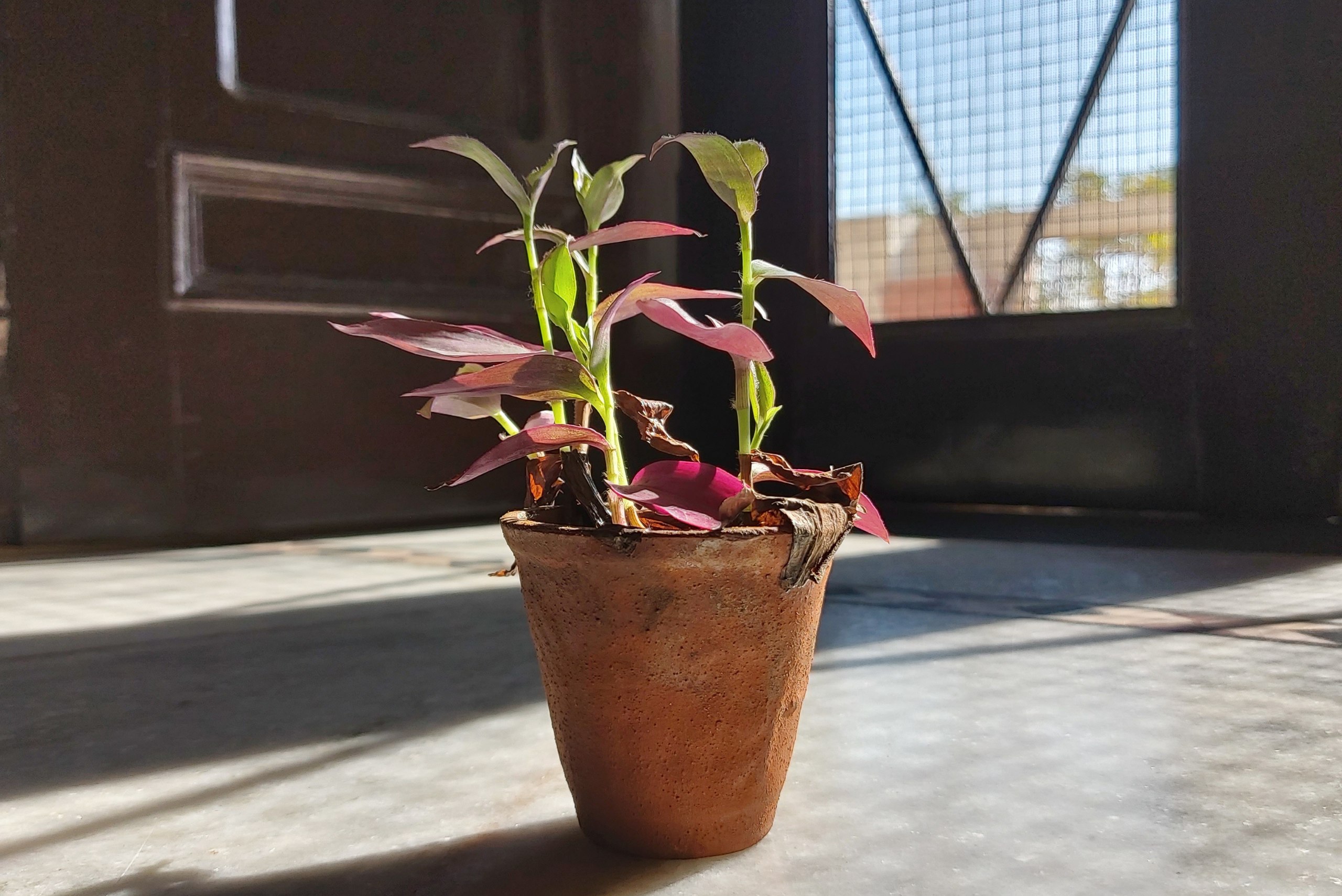
Related Articles
- Crucial Warning Signs Your Plants Are Crying Out for Help
- Here’s What to Plant in February for a Thriving Spring Garden
- Keep Houseplants Thriving in Winter With These Special Care Tips
A plant that looks dead might just need a little extra care. By checking for signs of life, soaking the roots, pruning dead growth, repotting with fresh soil, and providing proper care, you can often revive your struggling houseplant. Before you toss it, give this simple trick a try; you might just be surprised at how resilient plants can be!


